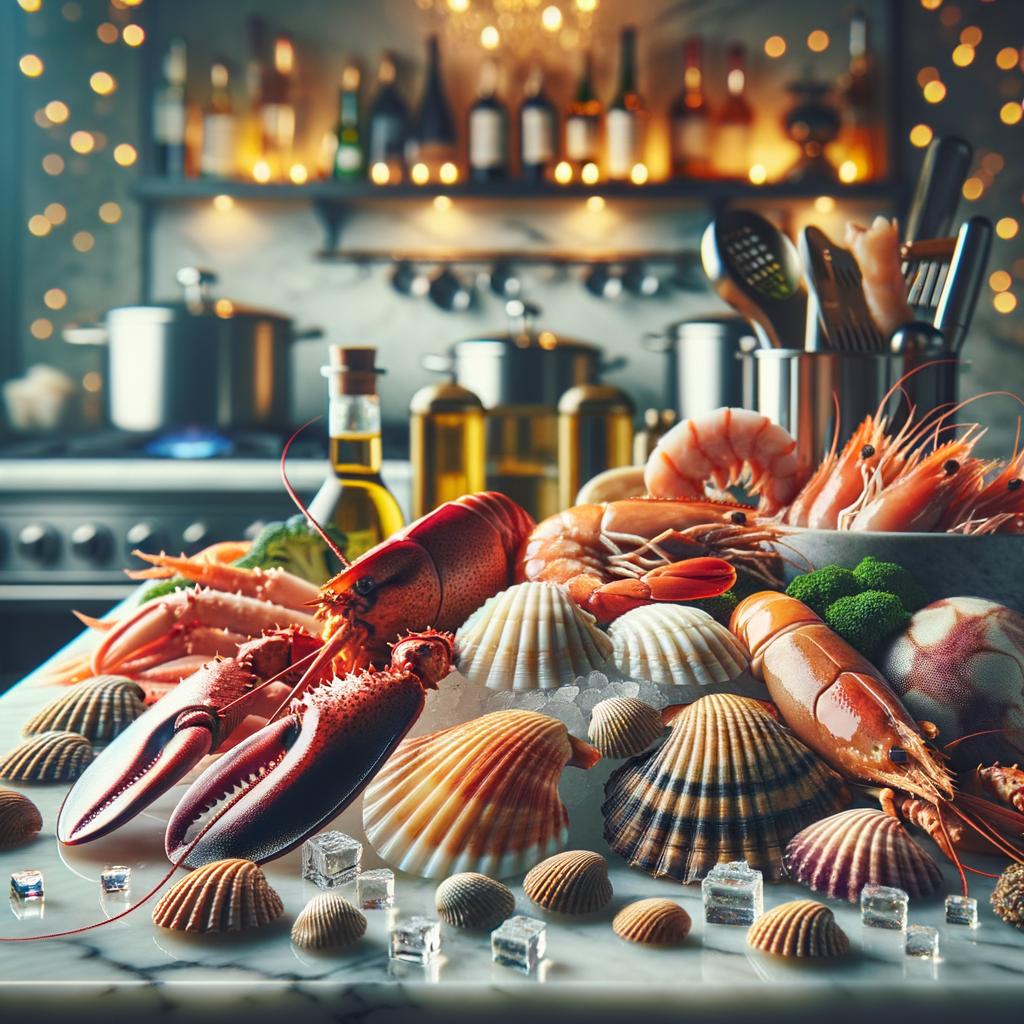Seafood Mix

Description The seafood mix is an enchanting medley of marine delicacies, often including morsels like shrimp, scallops, mussels, squid, and sometimes even chunks of white fish. The appearance of this mix is a vibrant palette of colors, with the pinkish hues of shrimp, the creamy white of scallops, the ebony shells of mussels, and the milky white of squid. Each component brings a unique texture to the mix, from the firm and juicy shrimp to the tender, melt-in-your-mouth scallops, and the chewy, yet soft squid. The flavor profile of a seafood mix is as diverse as its components, offering a delightful symphony of sweet, briny, and subtly oceanic notes. The unique characteristic of a seafood mix is the harmony of flavors and textures that it brings to any dish, a characteristic that is hard to achieve with a single type of seafood.
Primary Uses Seafood mix is a versatile ingredient, commonly used in a myriad of dishes across various cuisines. It's the star of the show in a classic Spanish paella, lends its rich flavor to Italian seafood pasta, and adds depth to the traditional French bouillabaisse. In Asian cuisine, it finds its place in stir-fries, soups, and sushi. Beyond its culinary uses, seafood has a significant cultural and symbolic significance in many cultures, often associated with prosperity and abundance.
History The history of using a mix of seafood in cooking dates back to ancient times when coastal communities would catch a variety of marine life and cook them together in a communal pot. This practice evolved into refined culinary traditions in regions like the Mediterranean, where dishes like paella and bouillabaisse were born. Over time, the use of seafood mix has spread across the globe, with each culture adding its unique twist to it. An intriguing folklore associated with seafood is the Italian Feast of the Seven Fishes, a meal served on Christmas Eve that typically includes seven different seafood dishes.
Nutritional Information Seafood mix is a nutritional powerhouse, packed with high-quality protein, vitamins like B12 and D, and minerals such as zinc, iodine, and selenium. It's also a great source of omega-3 fatty acids, which are known for their heart health benefits. Compared to other protein sources, seafood is lower in saturated fats, making it a healthier choice. However, it's important to consume in moderation due to potential risks associated with overconsumption like mercury exposure. Despite this, when sourced responsibly and eaten in moderation, a seafood mix can be a delicious and nutritious addition to one's diet.

